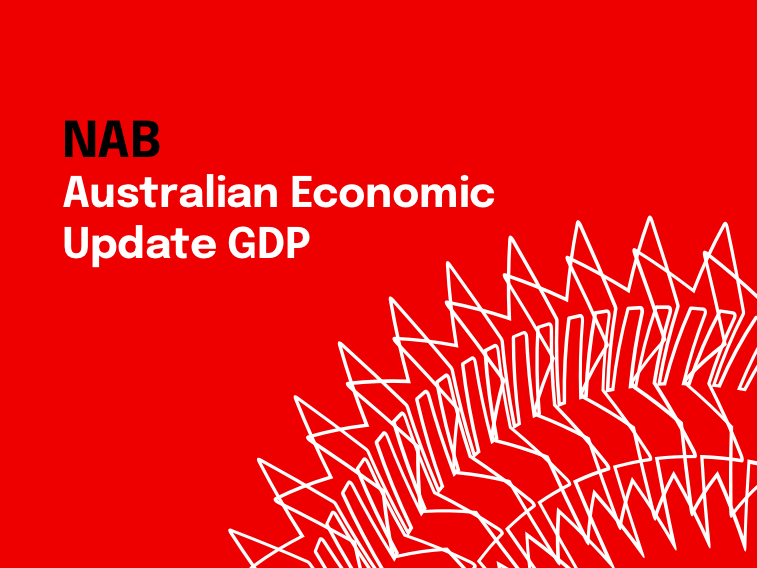Consumers lead the way


Insight
Labour costs rise as price inflation remains elevated
Wage costs remain the top issue affecting business confidence, with labour cost growth rising to 1.8% q/q and labour availability still a significant constraint for around 40% of firms. However, fewer firms expect significant wage pressures in the next six months suggesting the peak in wage pressure may have occurred in Q3. Purchase cost growth was more contained and there was further gradual improvement in the share of firms reporting materials availability as a constraint. More broadly, business conditions remained robust and forward orders edged back into positive territory, similar to the trend seen in the NAB Monthly Business Survey. Inflation indicators in the survey also remained elevated, with final prices rising 0.9% (up from 0.7% in Q2) and retail prices growth broadly steady at 1.1%, supporting NAB’s view for headline and trimmed mean CPI to print at 1.1% q/q for Q3. Still, our expectation remains for inflation to gradually ease as the economy slows and global pressures ease. Notably, pressure on margins is the second top issue affecting business confidence.
Business conditions rose 2pts to +13 index points in Q3, after three quarters of softening conditions, and remain well above the long-run average. Trading conditions (+19 index points), profit (+11 index points) and employment (+10 index points) all strengthened.
Business confidence rose 3pts but remained negative at -1 index point. Expected business conditions were little changed at +16 index points at both 3-month and 12-month horizons. Forward orders rose 2pts to +1 index point.
“Consistent with our monthly business survey, today’s release shows business conditions remained robust in Q3,” said NAB Chief Economist Alan Oster. “Confidence also improved a little, as did forward orders, and expectations for business conditions remain steady.”
Expectations for employment in the next 3 months and 6 months fell to +14 index points (down from+16) and +22 index points (down from +25), respectively. The proportion of firms that report availability of labour as a constraint on output was broadly unchanged, at 83.1%.
“Finding suitable labour remains a key issue for businesses with no real improvement in Q3,” said Mr Oster. “For now, labour demand seems to be keeping pace with the strong rebound in population although we expect the labour market to gradually ease over time.”
Cost growth measures were mixed with labour cost growth up to 1.8% (from 1.3% in Q2). Purchase costs growth was more contained at 1.4% (from 1.3% in Q2) and the share reporting materials as a constraint declined to 32% (from 36% in Q2).
“There was an acceleration in labour cost growth in Q3 which aligns with the wages resetting in July including the large minimum and award wage rises taking effect,” said Mr Oster. “Importantly, however, expectations for labour cost growth in the next three months declined, from 1.4% to 0.9%, suggesting these effects may have been something of a one off.”
Wage costs remain the top issue affecting business confidence, cited by 68% of firms (up from 50% in Q2), with pressure on margins the second most significant issue. Final product price growth was 0.9% (up from 0.7% in Q2) while retail price growth was broadly steady at 1.1%.
“Price growth remained elevated in Q3,” said Mr Oster. “This is in line with our expectation for a reasonably strong inflation print of 1.1% for the quarter when the full Q3 CPI is released next week. Still, we do expect inflation to moderate gradually as the economy slows.”
For more information, please see the NAB Quarterly Business Survey (Q3 2023)
© National Australia Bank Limited. ABN 12 004 044 937 AFSL and Australian Credit Licence 230686.